4.2. Normalization 1st Normal Form
Atomic Values
Unique Identifiers (rows uniquely identified by
PRIMARY KEY)Entries in a column are same type
4.2.1. 1st Normal Form
A cell must never contain more than one value
Each row must be unique
Each column name must be unique
There must be no repeating groups
4.2.2. Atomic Values
Cell with single values
A cell must never contain more than one value
Each value needs to be in its own column
name |
role |
|---|---|
Melissa Lewis |
Commander |
Mark Watney |
Botanist |
Rick Martinez |
Pilot |
Note that in this example astronaut's firstname and lastname is in the same column (name).
firstname |
lastname |
role |
|---|---|---|
Melissa |
Lewis |
Commander |
Mark |
Watney |
Botanist |
Rick |
Martinez |
Pilot |
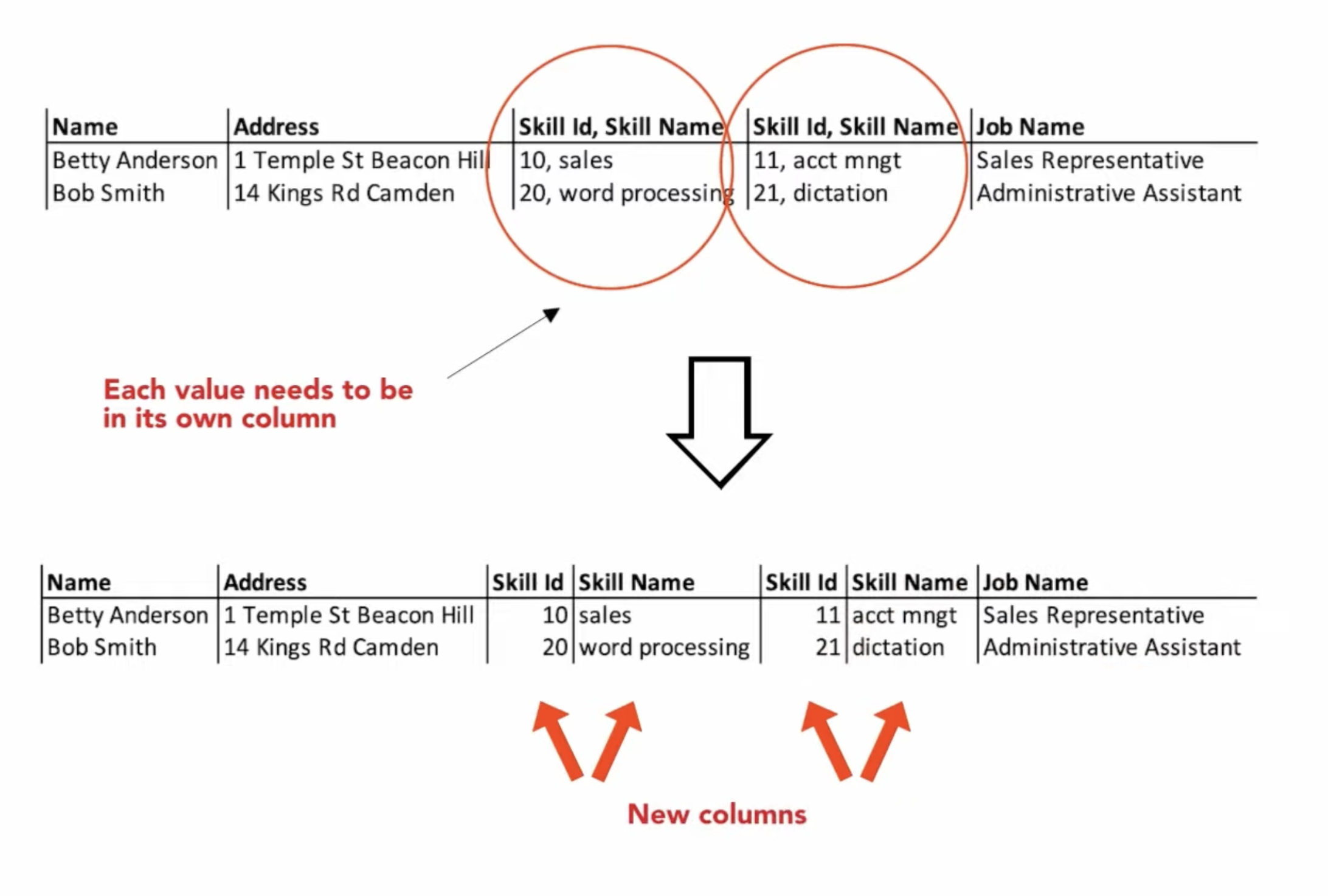
Figure 4.14. A cell must never contain more than one value (each value needs to be in its own column) Image credits: [1]
4.2.3. Unique Rows
Each row must be unique
One column, or combination of columns must uniquely identify a row
Also known as
PRIMARY KEY
firstname |
lastname |
|---|---|
Melissa |
Lewis |
Mark |
Watney |
Mark |
Watney |
Note, that this in problematic example we can have duplicate names, for example there could be more than one Mark Watney in the world.
id (PK) |
firstname |
lastname |
|---|---|---|
1 |
Melissa |
Lewis |
2 |
Mark |
Watney |
3 |
Mark |
Watney |
Now, even if we have two Mark Watneys, each of them will have a unique identifier (id).
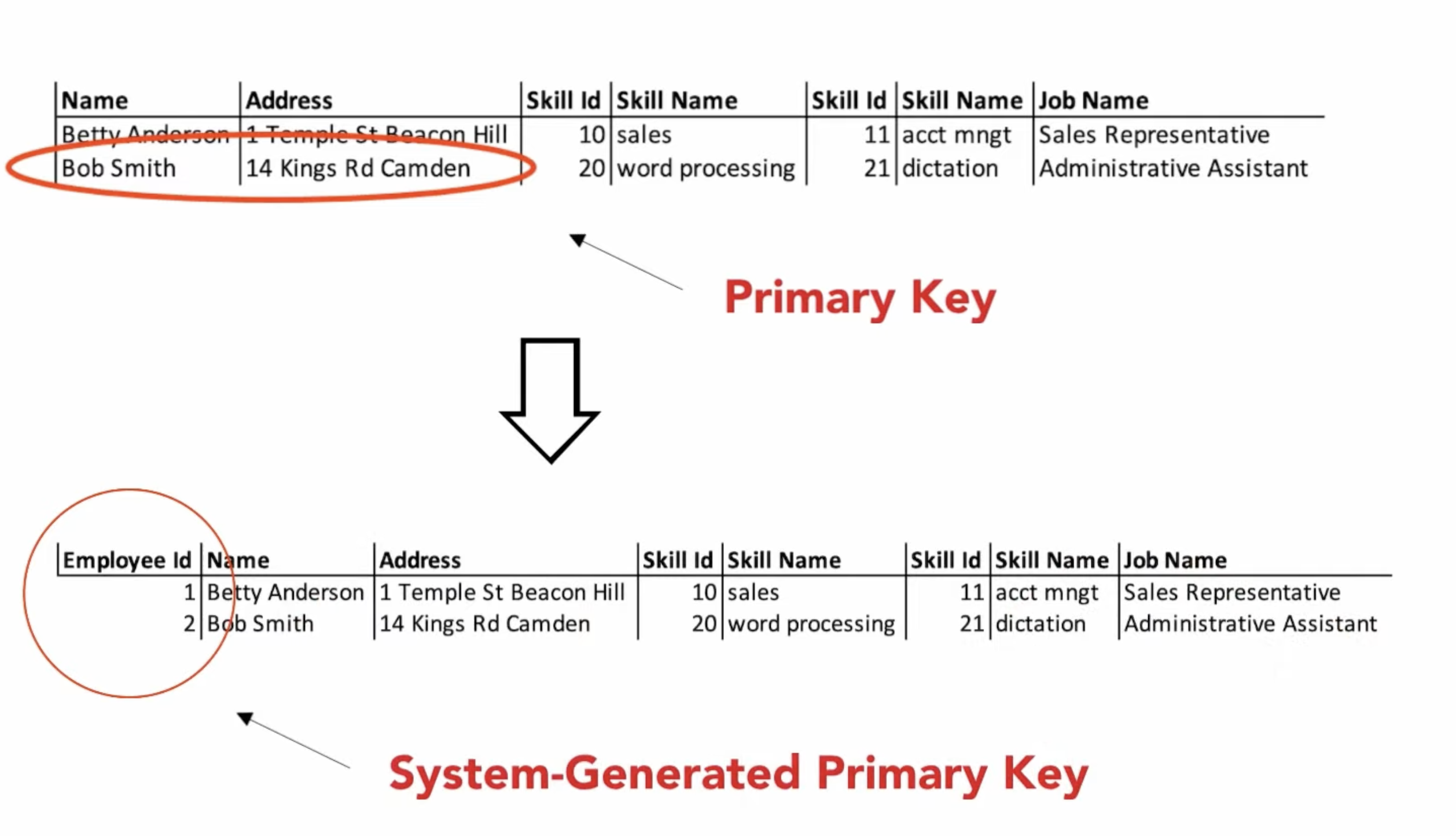
Figure 4.15. Each row must be unique (one column, or combination of columns must
uniquely identify a row also known as PRIMARY KEY).
Image credits: [1]
4.2.4. Unique Column Names
Each Column Name Must be unique
name |
year |
name |
|---|---|---|
Melissa Lewis |
2035 |
Ares3 |
Mark Watney |
2035 |
Ares3 |
Rick Martinez |
2035 |
Ares3 |
Some column names are very (such as name) to the point, that there
could be several independent columns which we can call by name.
Each column should have unique name.
astronaut |
year |
mission |
|---|---|---|
Melissa Lewis |
2035 |
Ares3 |
Mark Watney |
2035 |
Ares3 |
Rick Martinez |
2035 |
Ares3 |
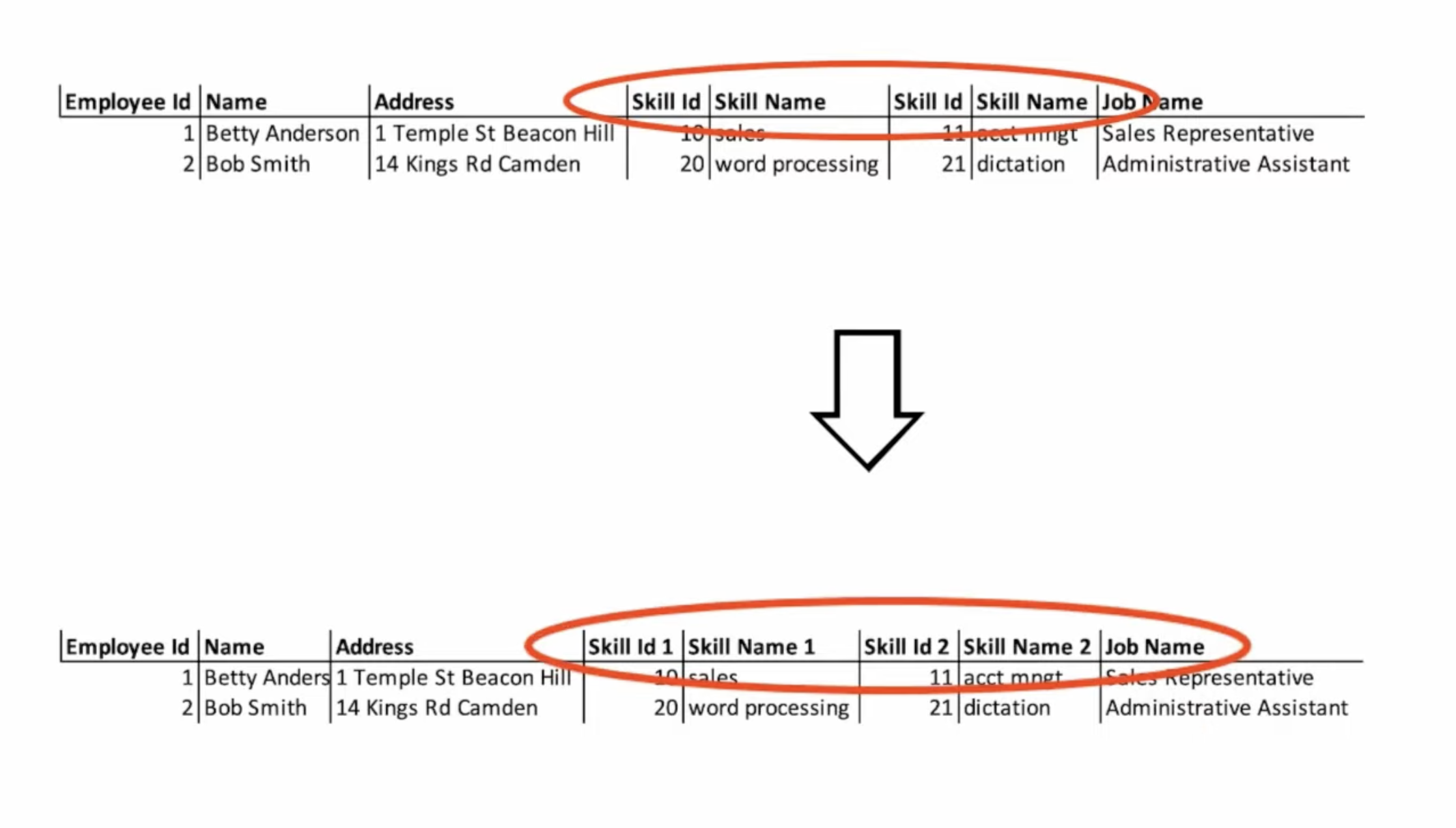
Figure 4.16. Each column name must be unique. Image credits: [1]
4.2.5. No Repeating Groups
There must be no repeating groups
astronaut |
year1 |
mission1 |
year2 |
mission2 |
|---|---|---|---|---|
Melissa Lewis |
2031 |
Ares1 |
2035 |
Ares3 |
Mark Watney |
2031 |
Ares1 |
2035 |
Ares3 |
Rick Martinez |
2031 |
Ares1 |
2035 |
Ares3 |
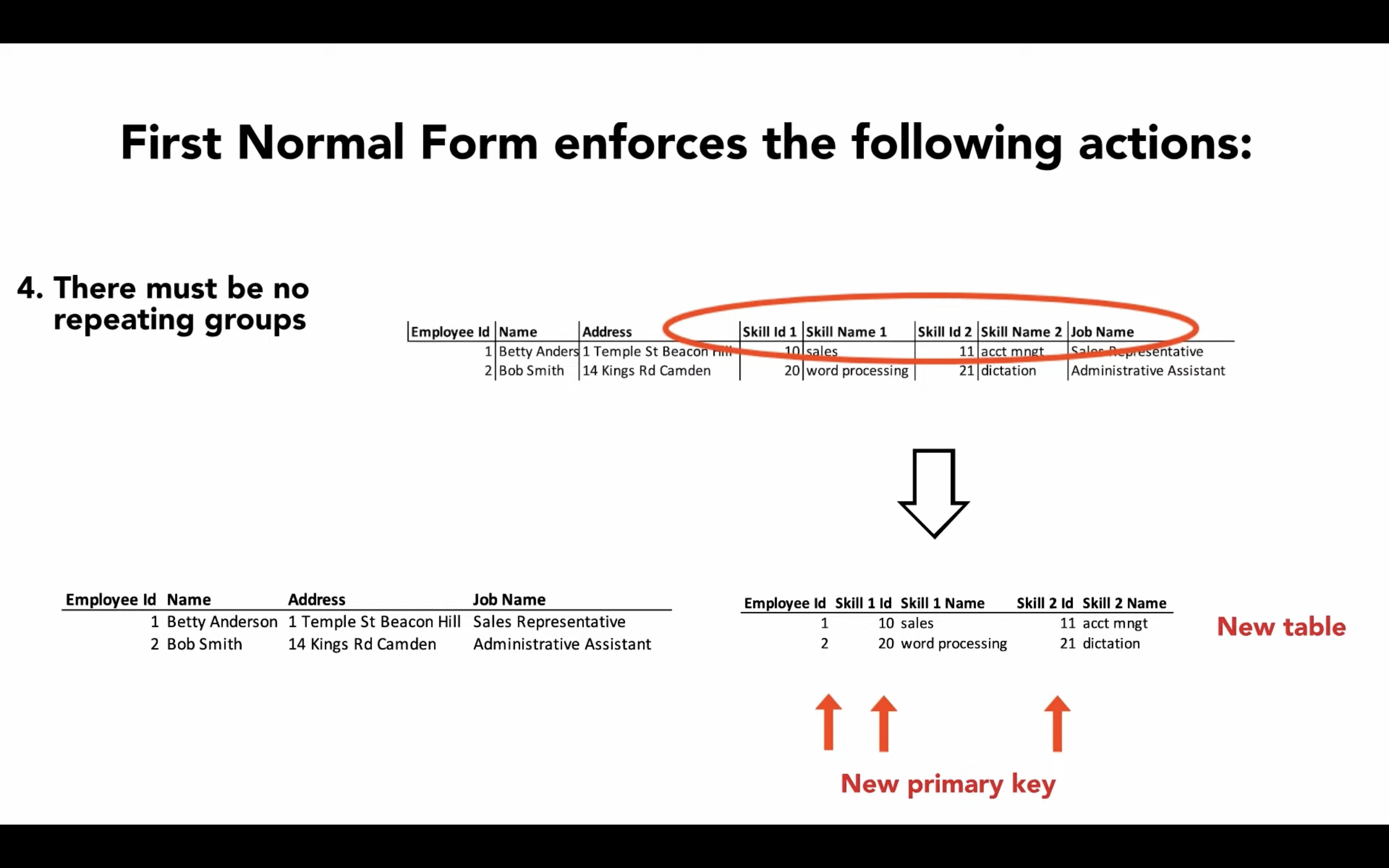
Figure 4.17. There must be no repeating groups. Image credits: [1]
4.2.6. Recap
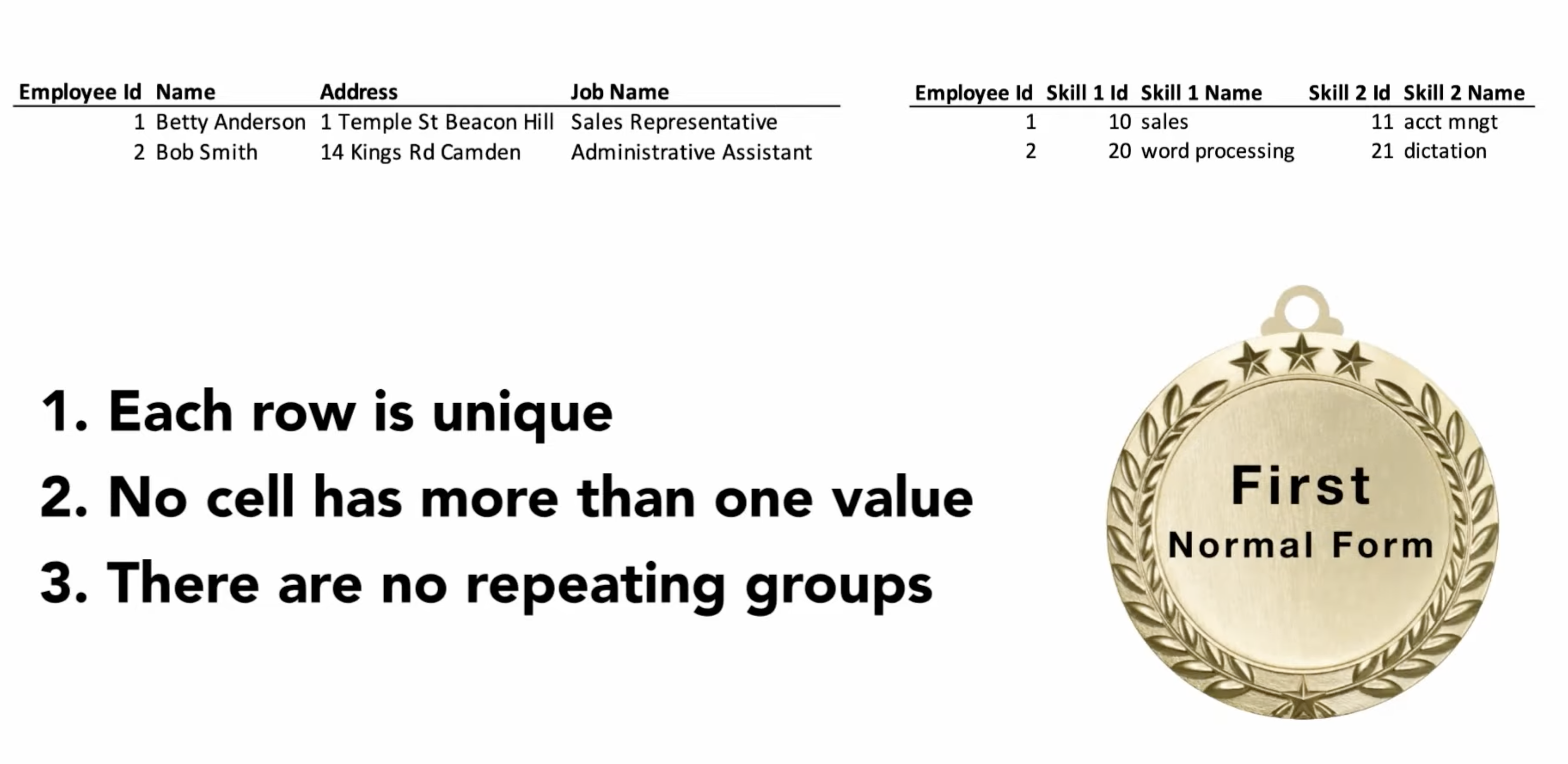
Figure 4.18. If both Atomic Values and Unique Identifiers rules are applied the database achieved 1st Normal Form. Image credits: [1]